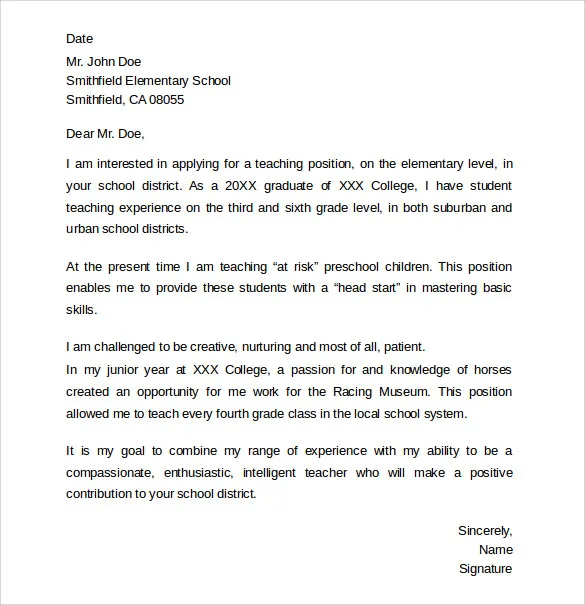Understanding the Education Cover Letter
An education cover letter is a vital document that accompanies your resume when applying for teaching positions, administrative roles in schools, or any job within the education sector. It serves as your first introduction to a potential employer, offering an opportunity to showcase your personality, passion, and qualifications in a way that a resume alone cannot. Unlike a resume, which provides a factual overview of your experience and skills, a cover letter allows you to tell a story, explain your motivations, and highlight why you are the perfect fit for the specific role and the institution. A well-crafted cover letter can significantly increase your chances of securing an interview, demonstrating your communication skills, and making a positive first impression on the hiring committee. It should be tailored to each position, reflecting your understanding of the school’s values and the specific needs of the role, making it a critical component of any successful job application within the education field.
Why is an Education Cover Letter Important?
The importance of an education cover letter extends beyond merely fulfilling a job application requirement. It’s a strategic tool for setting yourself apart from other candidates. In the competitive education field, where numerous applicants often possess similar qualifications, a compelling cover letter gives you a unique edge. It allows you to articulate your career aspirations, explain why you’re drawn to the specific position and school, and demonstrate your understanding of the educational landscape. The cover letter provides a platform to expand upon your resume, highlighting relevant experiences and skills that directly align with the job requirements. Additionally, it’s an opportunity to showcase your writing abilities and communication skills, which are essential in any educational role. A well-written cover letter can also help you address any potential gaps or weaknesses in your application and show your proactive approach to the role. The cover letter conveys your enthusiasm for the position, indicating your commitment and making you a more memorable applicant.
Key Components of a Strong Education Cover Letter
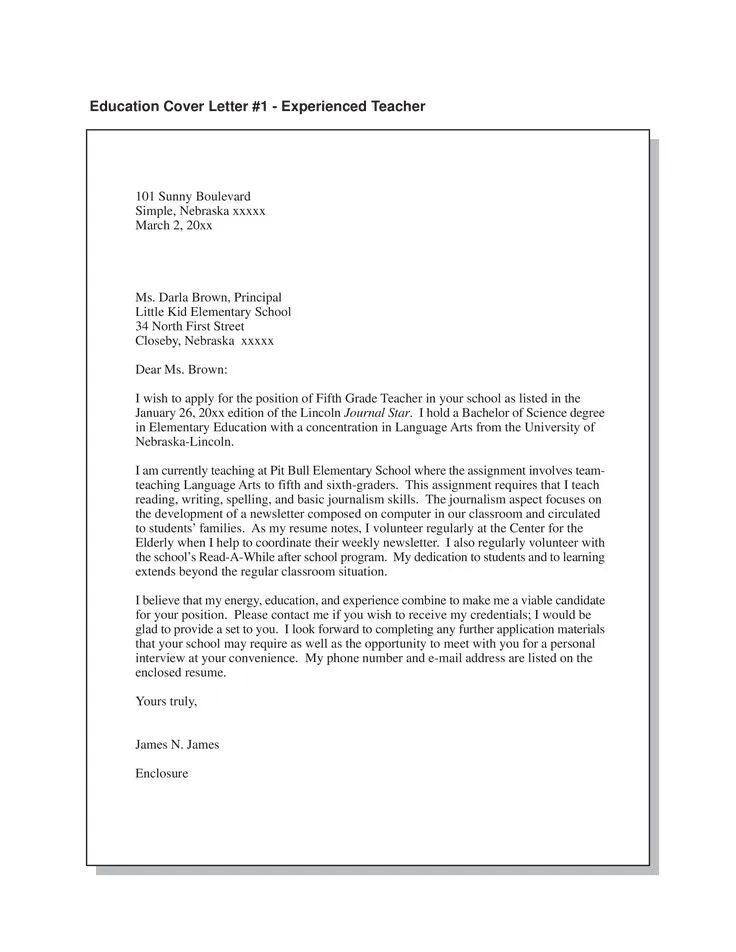
Creating a compelling education cover letter involves several key components, each playing a crucial role in effectively communicating your qualifications and enthusiasm. These components work together to form a cohesive and persuasive narrative that captures the hiring manager’s attention. Begin with a professional and well-formatted header that includes your contact information. Follow this with a clear and concise salutation, addressing the hiring manager by name if possible. The body of the letter should be structured into distinct paragraphs, each serving a specific purpose. Your first paragraph should immediately grab the reader’s attention, stating the position you’re applying for and briefly explaining why you’re interested. The subsequent paragraphs should focus on highlighting your relevant skills, experiences, and accomplishments, tailoring them to the job description. Finally, the closing paragraph should reiterate your interest, express your availability for an interview, and thank the reader for their time and consideration. The tone should be professional, enthusiastic, and reflect your genuine passion for education.
Header Section
The header section is the first thing a hiring manager sees, making it crucial for establishing a professional impression. Begin by including your full name, professional title (if applicable), and contact information, such as your phone number and email address. Ensure that your email address is professional and appropriate. Following your contact information, include the date and the recipient’s details, including their name, title, and the school or institution’s address. Accurate recipient information shows that you have taken the time to research the role and the organization. The layout should be clean and well-organized, using a clear font and spacing to enhance readability. Avoid using overly decorative or distracting elements. The header sets the tone for the entire letter, so it is essential to present a polished and professional image from the very beginning.
Personal Information
In the header, providing clear and up-to-date personal information is essential. Start with your full name, followed by your professional title if you have one, such as ‘Teacher,’ or ‘Education Specialist.’ Next, include your phone number, ensuring it’s a number you regularly check and where you can easily be reached for calls or messages. Provide a professional email address; avoid using informal or outdated email addresses, as these can detract from your application. It’s advisable to create a dedicated email address for job applications if you don’t already have one. Include your LinkedIn profile URL if you have one, as it can provide the hiring manager with additional information about your professional background. The presentation should be clean and easy to read, using a simple, professional font and clear spacing to make the information accessible and organized. Ensuring all contact information is correct and current is crucial to guarantee that potential employers can readily contact you.
Date
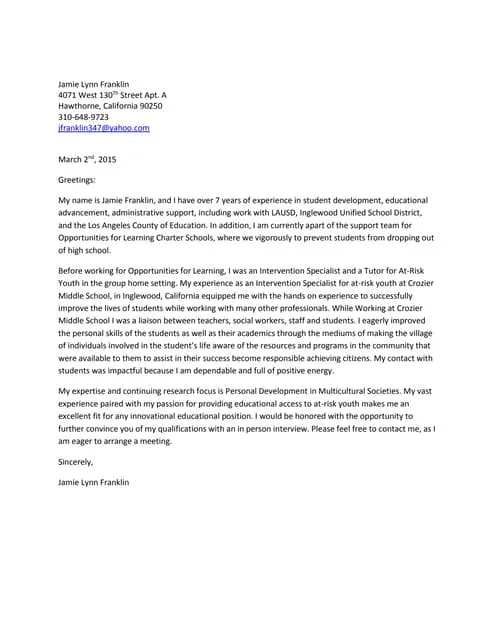
The date should be included under the sender’s contact information and before the recipient’s details. The date format should be consistent throughout the document. For example, you could use the format ‘Month Day, Year’, such as ‘October 26, 2024’, or the numerical format, which is less common in cover letters but acceptable, like ‘10/26/2024’. Ensure that the date reflects the day you are submitting the cover letter. Accurate dating is essential for proper document organization and helps the recipient understand when the application was received. Positioning the date correctly maintains a professional appearance, completing the structure of the header. The date should be left-aligned or centered, aligning consistently with the other header elements for a polished look. Accurate and consistent dating is a simple but vital element of professional communication.
Recipient Information
The recipient information is a key element in your cover letter header, demonstrating your attention to detail and effort in researching the position. Include the full name of the hiring manager, if available. If their name is not listed, use their title, such as ‘Hiring Committee’ or ‘Human Resources Department.’ Always address the recipient by their title, such as ‘Mr.’ or ‘Ms.’, followed by their last name. Below their name, include their title, such as ‘Principal’ or ‘Superintendent,’ and their department or school. Finally, include the school’s complete address, which helps to ensure the letter reaches the correct destination. Accuracy here shows that you have taken the time to prepare a targeted application, directly relevant to the specific role and organization. Double-check the spelling and accuracy of all details to maintain a high level of professionalism.
Body Paragraph 1 Hook the Reader
The first paragraph of your education cover letter is critical because it immediately sets the tone and captures the reader’s attention. Start with a clear statement of the position you are applying for, ensuring you directly state the job title. Then, briefly mention where you saw the job posting, whether it was on a website, in a publication, or through a referral. Following this, briefly express your enthusiasm for the position and the school or district, indicating why you are interested and what attracted you to the opportunity. This initial paragraph should be concise and engaging, creating a hook that encourages the reader to continue. It should convey your passion for education and the specific role. By making a strong first impression, you increase the chances that the hiring manager will read the rest of your cover letter. Clearly articulate your interest, stating why you want the role and the school.
Highlighting Your Passion for Education
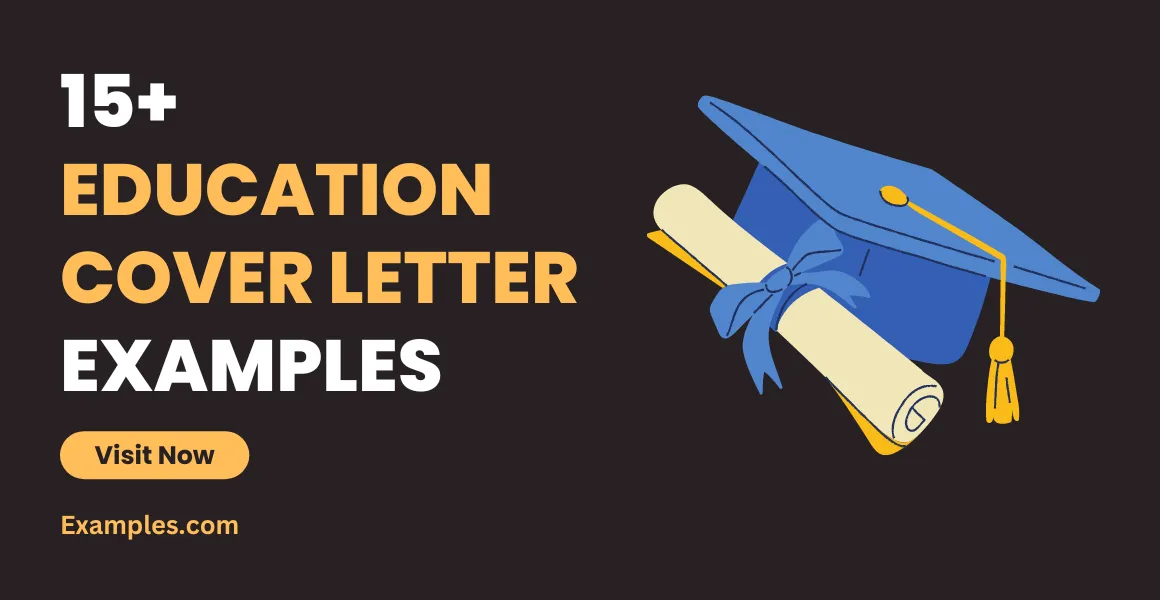
In your cover letter, explicitly highlight your passion for education to distinguish yourself from other candidates. Share what initially inspired your interest in teaching or education, whether a personal experience or a particular educational philosophy. Express your commitment to fostering a positive and engaging learning environment for students. Mention any specific educational methodologies you are enthusiastic about or use regularly. Explain how your values align with the school’s mission or vision, demonstrating that you understand and support their objectives. Express your dedication to student success, highlighting your commitment to helping students achieve their academic and personal goals. Use enthusiastic language and positive descriptions to show your excitement for the field of education. Your genuine passion will make you a more memorable and attractive candidate for educational roles.
Body Paragraph 2 Showcase Your Skills
The second paragraph of your education cover letter should effectively showcase your relevant skills and experiences. Start by identifying the key skills required for the specific position you are applying for. Then, provide concrete examples of how you have demonstrated these skills in previous roles or experiences. Use the STAR method (Situation, Task, Action, Result) to illustrate your accomplishments: describe a situation, explain the task you faced, detail the actions you took, and highlight the positive results you achieved. Quantify your achievements whenever possible by using numbers or metrics to demonstrate the impact of your work. Tailor this paragraph to match the job description, ensuring that you emphasize skills and experiences that directly align with the employer’s needs. This section is crucial to illustrate your capabilities and prove why you are a strong candidate for the role.
Tailoring to the Specific Job
Tailoring your education cover letter to each specific job is a crucial step in demonstrating that you are a suitable and attentive candidate. Start by thoroughly reviewing the job description, paying close attention to the specific skills, qualifications, and requirements listed. Use the same keywords and phrases used in the job description, but ensure your statements are original and authentic. Provide examples of how your previous experiences match the listed requirements, demonstrating that you have the abilities necessary to excel in the role. Show an understanding of the school’s mission, values, and educational approach, aligning your skills and experiences to support these. Research the school or district before applying, understanding their specific needs and highlighting the ways you can meet them. Tailoring your cover letter shows that you have taken the time to understand the role and organization, increasing your chances of getting the job.
Body Paragraph 3 Demonstrate Your Value
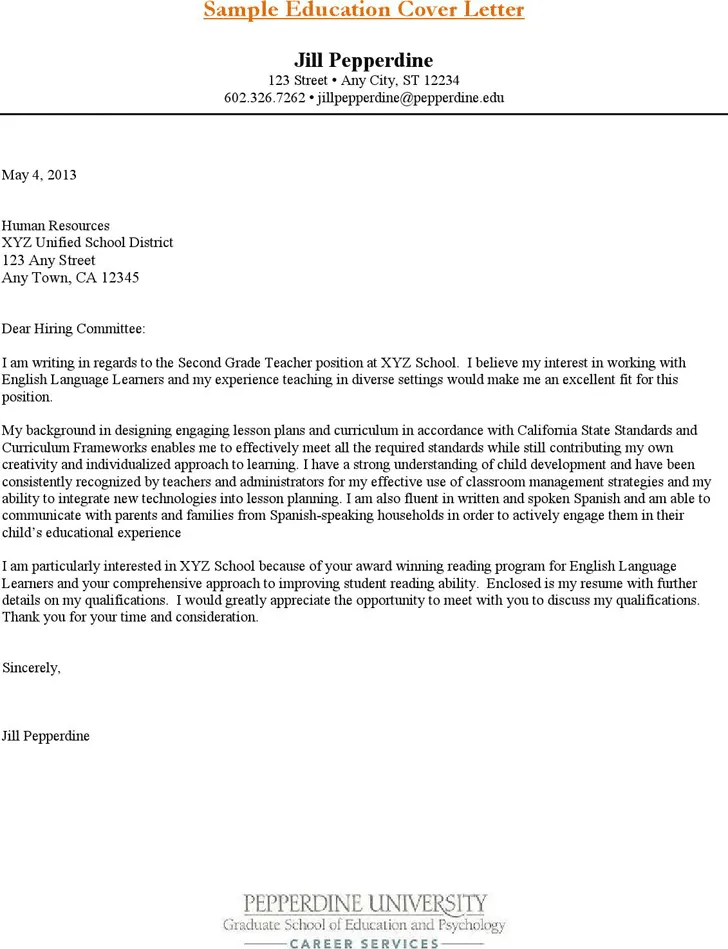
The third paragraph of your education cover letter should focus on demonstrating the value you bring to the position and the school. Explain your unique strengths and how they will benefit students and the educational environment. Describe specific teaching methods or classroom management strategies you use that align with the school’s educational philosophy. If you have experience with particular technologies or educational tools, mention them. Focus on your ability to contribute to a positive school culture and your commitment to student well-being. Mention any professional development experiences that have enhanced your skills and knowledge. Explain how your qualifications can assist the school in achieving its goals and improving student outcomes. Illustrate how you can contribute to the school community beyond the classroom. Highlighting your unique contributions can showcase how you will support the school and make a lasting impact.
Quantifying Achievements
When demonstrating your value in an education cover letter, quantifying your achievements is crucial for making your impact more tangible and credible. Instead of making general statements, use specific numbers or metrics to illustrate your accomplishments. For example, if you improved student test scores, state the percentage increase. If you implemented a new teaching method, mention how many students benefited or how it changed learning outcomes. If you reduced behavioral issues in the classroom, state the percentage reduction. Always relate your achievements to how they benefit the students, school, or wider community. Quantifying your accomplishments provides evidence of your skills and abilities. Using concrete data shows the hiring manager your accomplishments and the value you have brought to previous roles. This approach makes you a more compelling and memorable candidate.
Closing the Cover Letter
The closing paragraph is your last chance to leave a strong impression on the hiring manager. Start by restating your enthusiasm for the position and reiterating your key qualifications and interest in the school or district. Express your availability for an interview and clearly state how you can be contacted. Thank the hiring manager for their time and consideration, showing respect for their efforts. Include a professional closing such as ‘Sincerely’ or ‘Respectfully,’ followed by your name. Make sure to proofread the entire letter before submitting it to ensure it is free of any errors. The closing should be confident and express gratitude. This final paragraph should reinforce your qualifications and desire for the position, leaving a positive and lasting impression.
Expressing Enthusiasm and Availability
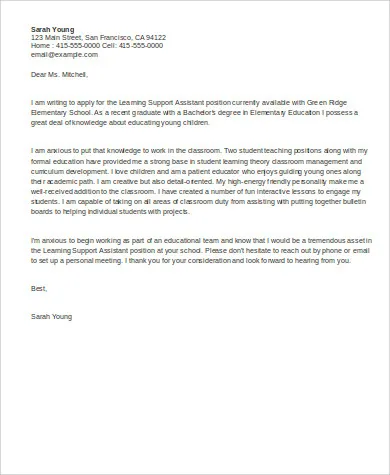
In the closing paragraph, you should clearly express your enthusiasm for the position and reiterate your availability for an interview. Reiterate your interest in the specific role and school, highlighting any aspects that particularly appeal to you. State your availability for an interview. Include your preferred methods of contact. If there is a deadline to apply, ensure to mention your availability to be contacted and confirm that you are available to meet the deadline. This should be a clear statement that shows your eagerness for the opportunity. The closing is your final opportunity to reaffirm your interest, so make sure it’s enthusiastic and shows you are prepared to take the next steps in the hiring process.
Formatting and Design Tips
The formatting and design of your education cover letter are as important as the content, because they make the document easy to read and professional. Use a simple, easy-to-read font, such as Times New Roman, Arial, or Calibri. The font size should be between 10 and 12 points. Use consistent formatting throughout the letter, including the spacing between paragraphs, alignment of text, and indentation. Set standard margins (1 inch on all sides). Keep the letter to one page in length, as hiring managers often receive numerous applications. Ensure the layout is clean and uncluttered. Use clear headings and bullet points to organize your information, making it easy for the reader to scan. Formatting and design choices should enhance readability and professionalism. A well-formatted letter shows attention to detail and respect for the reader’s time, boosting your chances of getting the job.
Font and Readability
Selecting the right font and ensuring readability are essential elements of a well-crafted cover letter. Choose a professional font, such as Times New Roman, Arial, or Calibri, which are standard and easy to read. The font size should be between 10 and 12 points, ensuring the text is legible without being too small or large. Use consistent font styles throughout the document. Ensure adequate spacing between lines and paragraphs, making the text visually appealing and easy to follow. Use bolding or italics sparingly, for emphasis, but do not overuse them. Avoid using fonts that are overly decorative or complex, which can distract the reader. Your aim is to ensure that your cover letter is easily readable and that the hiring manager can quickly absorb your key information. Good font choices and formatting will boost your application’s professionalism and your chances of success.
Proofreading and Editing
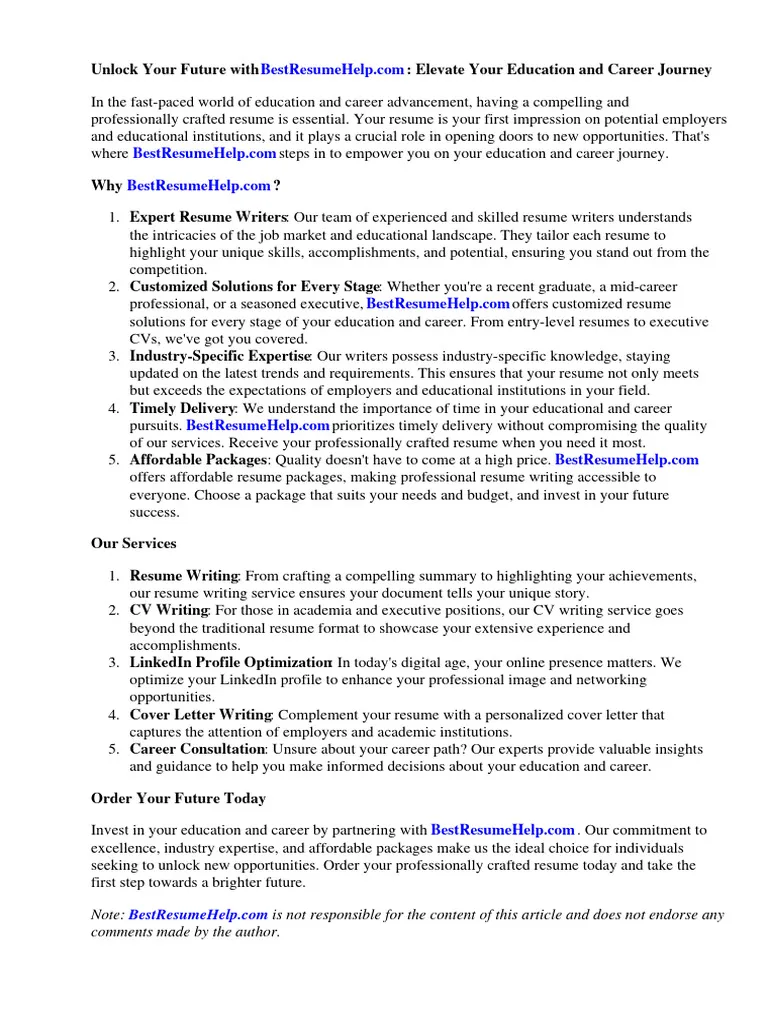
Thorough proofreading and editing are non-negotiable for your education cover letter. Before submitting your application, carefully review the entire document for any grammatical errors, typos, or inconsistencies in formatting. Read the letter multiple times, checking for clarity, flow, and coherence. Use a spell checker, but do not rely on it exclusively, as it may miss certain errors. Ask a trusted friend, mentor, or career counselor to review your cover letter. Fresh eyes can often catch mistakes you have missed. Ensure that all information is accurate and up to date. Pay attention to your word choices, and ensure that your tone is professional. Proofreading and editing is key to ensuring the letter is free of errors and reflects your professionalism, increasing your chances of landing the job.
Common Mistakes to Avoid
Avoiding common mistakes in your education cover letter is crucial for a successful application. One frequent error is generic language, such as using cliches and vague statements that lack specific details. Another mistake is failing to tailor your cover letter to the specific job and school, showing that you have not invested enough time in the application process. Typos and grammatical errors can reflect poorly on your attention to detail and communication skills. Including irrelevant information, such as personal details that are not relevant to the job, is also a mistake. Submitting a cover letter that is too long, exceeding one page, can make the hiring manager lose interest. Always review your cover letter to ensure you are not making any of these common errors, and consult with career professionals for additional assistance. The most important is to maintain a professional and targeted approach.
Generic Language
Avoid using generic language in your education cover letter. Refrain from using overly general phrases. These phrases can make your cover letter sound impersonal and less impactful. Instead of using generic phrases, provide specific examples and details that showcase your unique qualifications and experiences. Use active and dynamic language to describe your skills and achievements. Avoid passive voice and cliches. Be original and authentic in your writing, showing your enthusiasm for the position and the school. Always tailor your language to match the specific requirements of the job and the culture of the school. Specific and clear language will distinguish you from other candidates.
Typos and Grammatical Errors
Typos and grammatical errors can significantly damage your credibility. Always proofread your cover letter carefully before submitting. Use a spell checker and grammar checker, but these tools are not replacements for thorough editing. Read your cover letter multiple times. If possible, ask a friend or mentor to proofread it for you, as another set of eyes can often catch mistakes. Check all proper nouns and names for accuracy. Avoid errors to demonstrate that you are attentive to detail and possess strong communication skills. Proofreading is a critical part of preparing a professional and polished application. Attention to detail shows your respect for the employer and your commitment to excellence.
Using a Sample Education Cover Letter Template
Using a sample education cover letter template is a useful starting point for creating your own cover letter. Templates can provide a framework and structure, making the writing process more efficient. However, remember that you should customize any template to reflect your unique experiences, skills, and the specific requirements of the job you are applying for. Do not simply copy and paste the template content. Replace generic phrases with your own experiences and tailor it to match the job. By customizing the template, you show you understand the position, which will increase your chances of success. A template is a tool to help you structure your letter, not a ready-made solution, ensuring that it meets the requirements and shows off your unique qualifications.
Finding and Using Templates
Finding and effectively using cover letter templates is straightforward. Numerous resources offer free and paid templates that are suitable for education professionals. These can be found on websites specializing in career advice, job search platforms, and professional organizations. Once you locate a suitable template, choose one that aligns with your needs. Select a template that suits your professional background and the type of role you are applying for. Before you start writing, review the template to understand the sections and their purpose. This will help you ensure the template aligns with the job description. Make sure to download the template in a format that you can easily edit, such as Microsoft Word or Google Docs. Finally, always save a copy of the original template before customizing it. This will allow you to revert to the original if needed and to use the template again for other applications.
Customizing the Template
Customizing a cover letter template is essential for ensuring it represents you and suits the specific job. Start by replacing the generic details with your own information, including your name, contact details, and the date. Replace the placeholder content with your qualifications, using experiences relevant to the job. Rewrite the provided sentences using your own words, making the letter sound authentic. Tailor the cover letter to each specific job by mentioning the hiring manager’s name if you know it, along with information about the school or district. Always proofread the content and design. Customize the closing and sign-off, including your name and any additional contact information, like a phone number or LinkedIn profile. Customizing a template is vital. It helps the cover letter reflect your skills and the needs of the job, making your application stand out.
Final Thoughts and Next Steps
Creating a compelling education cover letter is an essential step in your job application. By following the guidelines and incorporating the suggestions provided, you can improve your chances of getting the role. Be sure to customize each cover letter to the specific job and school. Proofread and edit your cover letter carefully to avoid any errors. Consider seeking feedback from career professionals or trusted colleagues. Ensure that your cover letter is clear, concise, and engaging. You can showcase your skills and passion for education. The next steps involve submitting your cover letter and resume. If you are invited for an interview, prepare to discuss your experiences and achievements in detail. By putting in the effort to create a strong cover letter, you will be on the path to landing your dream job in education.
